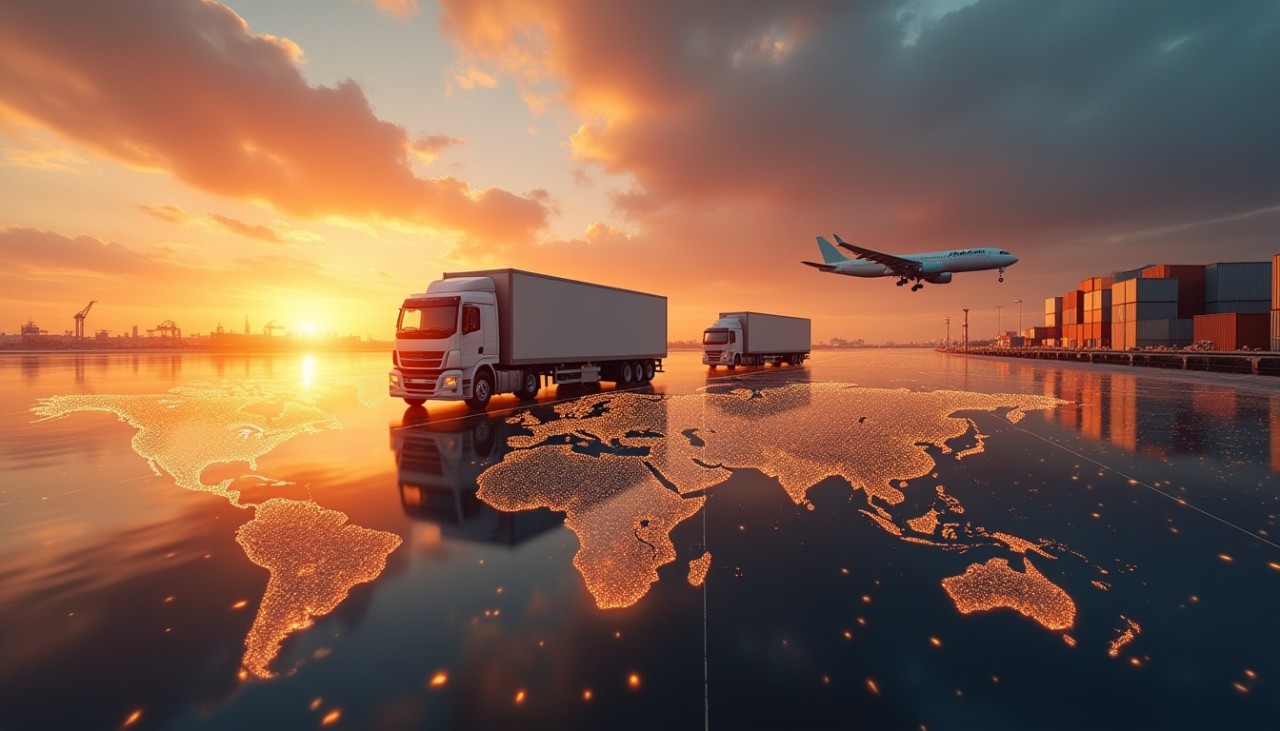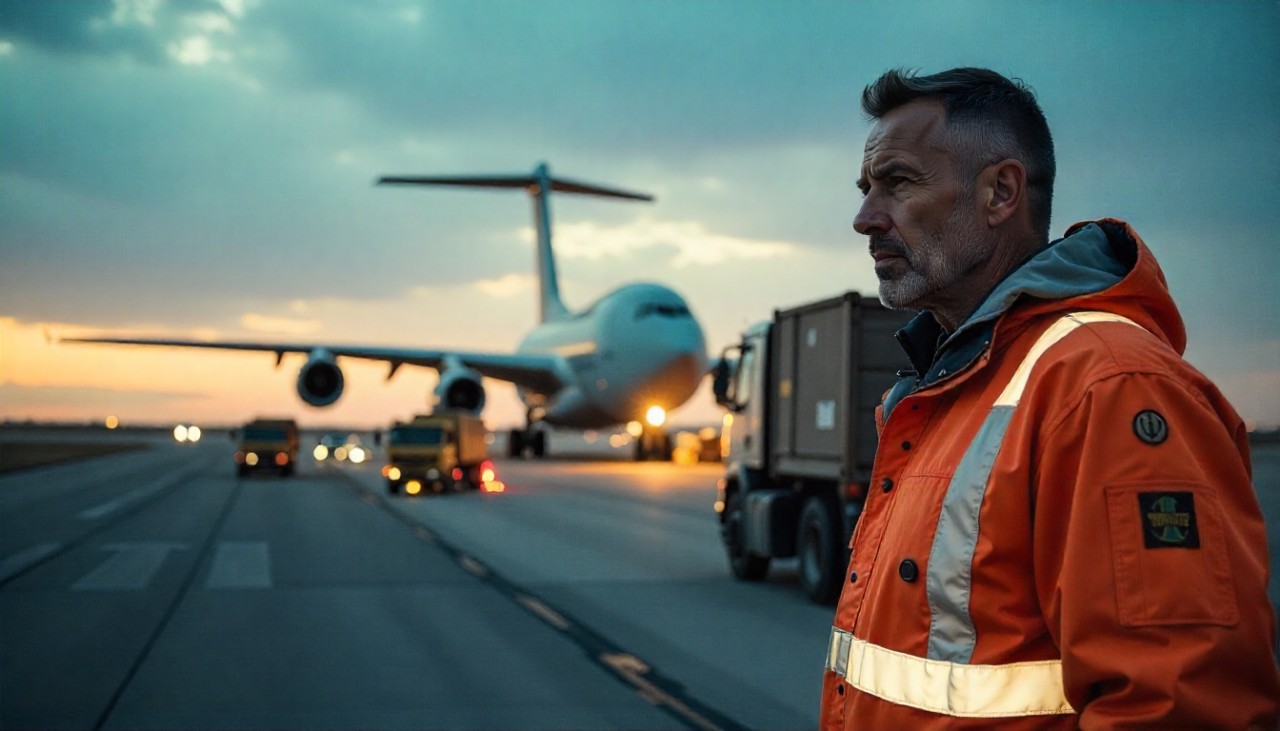
Air freight, land freight and sea freight are no longer staying in their own lanes. The walls between them are breaking and the change is reshaping how goods move worldwide. Businesses are starting to work with a freight network that acts like one connected machine and it is changing the rules of speed, cost and control.
Reports in 2025 show global air cargo demand rising faster than space available. This is why rates are staying high. Sea freight is seeing rate drops on major trade lanes due to extra ships and lower demand. Land freight is improving with smarter route planning that helps trucks avoid empty trips, saving both time and fuel.
The real story is in the rise of intermodal transport. Shipments now move from plane to truck to ship without delays or extra handling. Ports run with advanced systems. Cranes work with automated controls. Data flows in real time so every stage stays connected.
And this is only the start next, we’ll see how technology, sustainability and cost control are pushing air, sea and land freight even closer together.
Why This Change Is Happening Now?
Three main drivers are speeding up the merge of air, land and sea freight.
1. Technology is faster and smarter
From driverless trucks to automated cargo handling, the freight industry is using new tools. Warehouses and terminals can now track, load and move cargo with less waiting time. Information systems keep all parties updated from start to finish.
2. Demand for greener freight
There is pressure to cut emissions. Ships are testing cleaner fuels. Trucks are going electric or using low emission engines. Air freight is adopting lighter materials and smarter flight paths to burn less fuel. Digital route planning also helps reduce waste and lower carbon output.
3. Need for stability and cost control
Global trade still faces tariff changes, political tensions and sudden shifts in demand. Freight companies are spreading their services across all modes to keep goods moving even if one route is blocked.
Real Examples of the Shift
- Some air cargo hubs have seen shippers switch to sea freight or land freight to reduce costs when tariffs rise.
- Large freight forwarders are growing in both air and ocean freight volumes by combining capacity.
- Trucking firms are using AI tools to cut wasted trips and connect better with air and sea terminals.
This change means companies can move goods without relying on just one type of freight. They can switch between modes depending on cost, time or conditions. Tracking tools keep everything visible from pickup to delivery.
How It Works in Practice?
Think of a shipment starting in Asia. It flies by air freight to Europe for speed. At the airport, an electric truck takes it to a nearby port. From there, it travels by sea freight to another region. On arrival, it moves by land freight to its final location. The shipment is tracked at every stage and delays are avoided by switching routes if needed.
This kind of connected freight is already running in some global hubs. Online systems let businesses see cost, time and environmental impact for each route before they decide. Ports, airports and rail yards are linking together into stronger networks.
Why Businesses Should Care
- Faster delivery with options
Air freight gives speed when needed, but sea or land freight can help save costs when deadlines are flexible. - Clear tracking
One system can now show where cargo is at all times. - Better margins
Choosing the right mix of modes means spending less while keeping quality service. - Lower emissions
Selecting greener transport options is easier when all modes are connected.
Lucid Shipping Turning This Network into a Service
Lucid Shipping is not just part of this shift it runs on it. The team has deep experience in air freight, land freight and sea freight. Every move is planned with care. Communication is active from start to finish. Local rules and customs processes are handled with skill.
Whether it is urgent air freight, large machinery or goods that need special care, Lucid Shipping knows how to make each stage work without delay. Systems track cargo in real time. Staff stay in contact when plans need to change. You get the speed of air, the reach of sea and the flexibility of land, all in one process.
Final Thoughts
Freight is changing from separate modes into one connected chain. Air freight, land freight and sea freight now work together for speed, control and lower costs. This is the future of shipping.
Lucid Shipping can help you work with that future today. Contact us now to move your goods with the power of three modes in one service.


